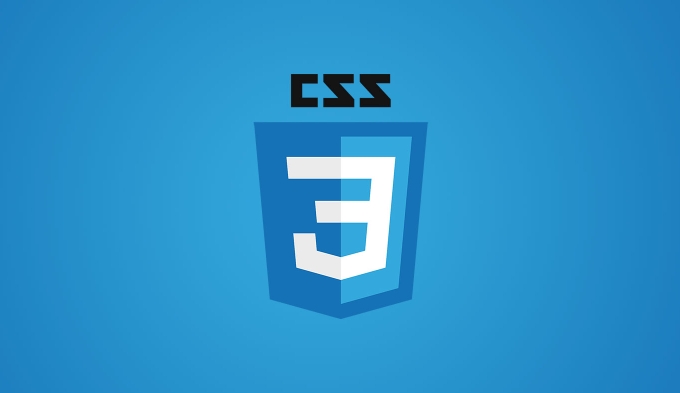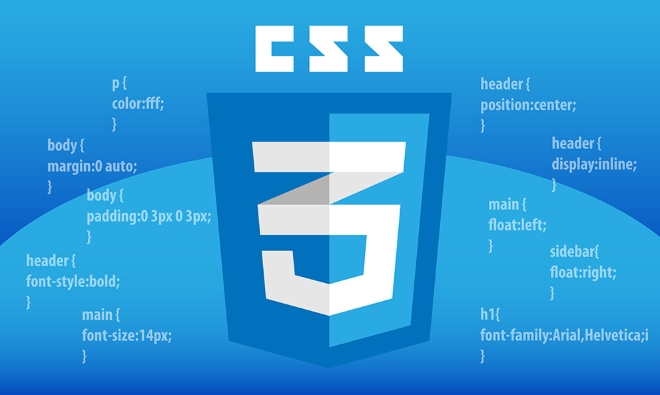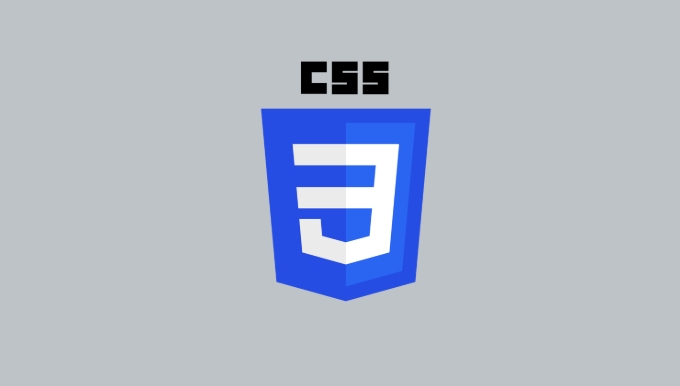To make the items in the Flexbox layout automatically wrap, you need to set flex-wrap: wrap; 1. Use the flex-wrap attribute to control whether to wrap the line. Common values ??include nowrap (not wrapping), wrap (down wrapping) and wrap-reverse (up wrapping); 2. Combining the flex-direction attribute can change the direction of the spindle, affecting the arrangement order and line breaking position, such as row (default from left to right), row-reverse (from right to left), column (from top to bottom), etc.; 3. It is recommended to use the gap attribute to set the project spacing uniformly after wrapping, to improve the neatness of the layout, but attention should be paid to browser compatibility. Master these techniques to easily achieve responsive layouts.

When using Flexbox for layout, sometimes there are too many items and one line that cannot be put down, so you need to make them wrap automatically. Flexbox itself supports automatic line wrapping, and you only need to set a property to do it.

flex-wrap controls whether to wrap lines
By default, items in Flexbox containers are forced to squeeze into a line, and even if the container width is exceeded, they will not be wrapped. To make them wrap automatically, add flex-wrap: wrap; to the container.

This property has several optional values:
-
nowrap(default): No line wrapping -
wrap: automatic wrapping, new line is below -
wrap-reverse: Automatic wrapping, but new line is above
For example, if you want to make a responsive card layout, you can write it like this:

.container {
display: flex;
flex-wrap: wrap;
}In this way, when there is not enough space, the project will automatically fall off and will not break the container.
Control the direction of the spindle affects the order of line breaking
In addition to whether to wrap the line, you can also control the direction of the spindle through flex-direction , which will affect the order of the items and the position of the line break.
Common values ??are:
-
row(default): arrange from left to right, line break down -
row-reverse: Arrange from right to left, line break down -
column: Arrange from top to bottom, line break to right -
column-reverse: Arrange from bottom to top, line break to right
For example, if you want the project to be lined from right to left and continue to align to the right after a new line, you can use it in combination like this:
.container {
display: flex;
flex-wrap: wrap;
flex-direction: row-reverse;
}This will be useful when doing RTL (right to left language) web page layout.
Don't ignore the spacing issue after line breaks
Although the line breaking function is simple, many people ignore the spacing problem between projects. Especially when you use flex-wrap: wrap; you may find that the last or first line looks out of alignment or the gap is too large.
At this time, you can consider using gap attribute to set the spacing between projects uniformly:
.container {
display: flex;
flex-wrap: wrap;
gap: 16px;
} This not only has gaps in the horizontal direction, but also in the vertical direction. It is much more convenient and cleaner than using margin alone.
However, it should be noted that gap may need to be prefixed in older browsers, or it may not be supported. If you need better compatibility, you can use margin with negative margins to achieve similar effects.
Basically that's it. The line wrap function of Flexbox is very practical. The key is to understand the combination of flex-wrap and flex-direction , and with the appropriate spacing processing, you can easily make various responsive layouts.
The above is the detailed content of Implementing CSS Flexbox item wrapping. For more information, please follow other related articles on the PHP Chinese website!

Hot AI Tools

Undress AI Tool
Undress images for free

Undresser.AI Undress
AI-powered app for creating realistic nude photos

AI Clothes Remover
Online AI tool for removing clothes from photos.

Clothoff.io
AI clothes remover

Video Face Swap
Swap faces in any video effortlessly with our completely free AI face swap tool!

Hot Article

Hot Tools

Notepad++7.3.1
Easy-to-use and free code editor

SublimeText3 Chinese version
Chinese version, very easy to use

Zend Studio 13.0.1
Powerful PHP integrated development environment

Dreamweaver CS6
Visual web development tools

SublimeText3 Mac version
God-level code editing software (SublimeText3)

Hot Topics
 How can I include CSS only on some pages?
Jun 11, 2025 am 12:01 AM
How can I include CSS only on some pages?
Jun 11, 2025 am 12:01 AM
There are three ways to selectively include CSS on a specific page: 1. Inline CSS, suitable for pages that are not frequently accessed or require unique styles; 2. Load external CSS files using JavaScript conditions, suitable for situations where flexibility is required; 3. Containment on the server side, suitable for scenarios using server-side languages. This approach can optimize website performance and maintainability, but requires balance of modularity and performance.
 Flexbox vs Grid: Understanding the Key Differences in CSS Layout
Jun 10, 2025 am 12:03 AM
Flexbox vs Grid: Understanding the Key Differences in CSS Layout
Jun 10, 2025 am 12:03 AM
Flexboxisidealforone-dimensionallayouts,whileGridsuitstwo-dimensional,complexlayouts.UseFlexboxforaligningitemsinasingleaxisandGridforprecisecontroloverrowsandcolumnsinintricatedesigns.
 Creating an Auto-Closing Notification With an HTML Popover
Jun 10, 2025 am 09:45 AM
Creating an Auto-Closing Notification With an HTML Popover
Jun 10, 2025 am 09:45 AM
The HTML popover attribute transforms elements into top-layer elements that can be opened and closed with a button or JavaScript. Popovers can be dismissed a number of ways, but there is no option to auto-close them. Preethi has a technique you can u
 What is 'render-blocking CSS'?
Jun 24, 2025 am 12:42 AM
What is 'render-blocking CSS'?
Jun 24, 2025 am 12:42 AM
CSS blocks page rendering because browsers view inline and external CSS as key resources by default, especially with imported stylesheets, header large amounts of inline CSS, and unoptimized media query styles. 1. Extract critical CSS and embed it into HTML; 2. Delay loading non-critical CSS through JavaScript; 3. Use media attributes to optimize loading such as print styles; 4. Compress and merge CSS to reduce requests. It is recommended to use tools to extract key CSS, combine rel="preload" asynchronous loading, and use media delayed loading reasonably to avoid excessive splitting and complex script control.
 How to use Lotties in Figma
Jun 14, 2025 am 10:17 AM
How to use Lotties in Figma
Jun 14, 2025 am 10:17 AM
In the following tutorial, I will show you how to create Lottie animations in Figma. We'll use two colorful designs to exmplify how you can animate in Figma, and then I'll show you how to go from Figma to Lottie animations. All you need is a free Fig
 Breaking Boundaries: Building a Tangram Puzzle With (S)CSS
Jun 13, 2025 am 11:33 AM
Breaking Boundaries: Building a Tangram Puzzle With (S)CSS
Jun 13, 2025 am 11:33 AM
We put it to the test and it turns out Sass can replace JavaScript, at least when it comes to low-level logic and puzzle behavior. With nothing but maps, mixins, functions, and a whole lot of math, we managed to bring our Tangram puzzle to life, no J
 External vs. Internal CSS: What's the Best Approach?
Jun 20, 2025 am 12:45 AM
External vs. Internal CSS: What's the Best Approach?
Jun 20, 2025 am 12:45 AM
ThebestapproachforCSSdependsontheproject'sspecificneeds.Forlargerprojects,externalCSSisbetterduetomaintainabilityandreusability;forsmallerprojectsorsingle-pageapplications,internalCSSmightbemoresuitable.It'scrucialtobalanceprojectsize,performanceneed
 Does my CSS must be on lower case?
Jun 19, 2025 am 12:29 AM
Does my CSS must be on lower case?
Jun 19, 2025 am 12:29 AM
No,CSSdoesnothavetobeinlowercase.However,usinglowercaseisrecommendedfor:1)Consistencyandreadability,2)Avoidingerrorsinrelatedtechnologies,3)Potentialperformancebenefits,and4)Improvedcollaborationwithinteams.






